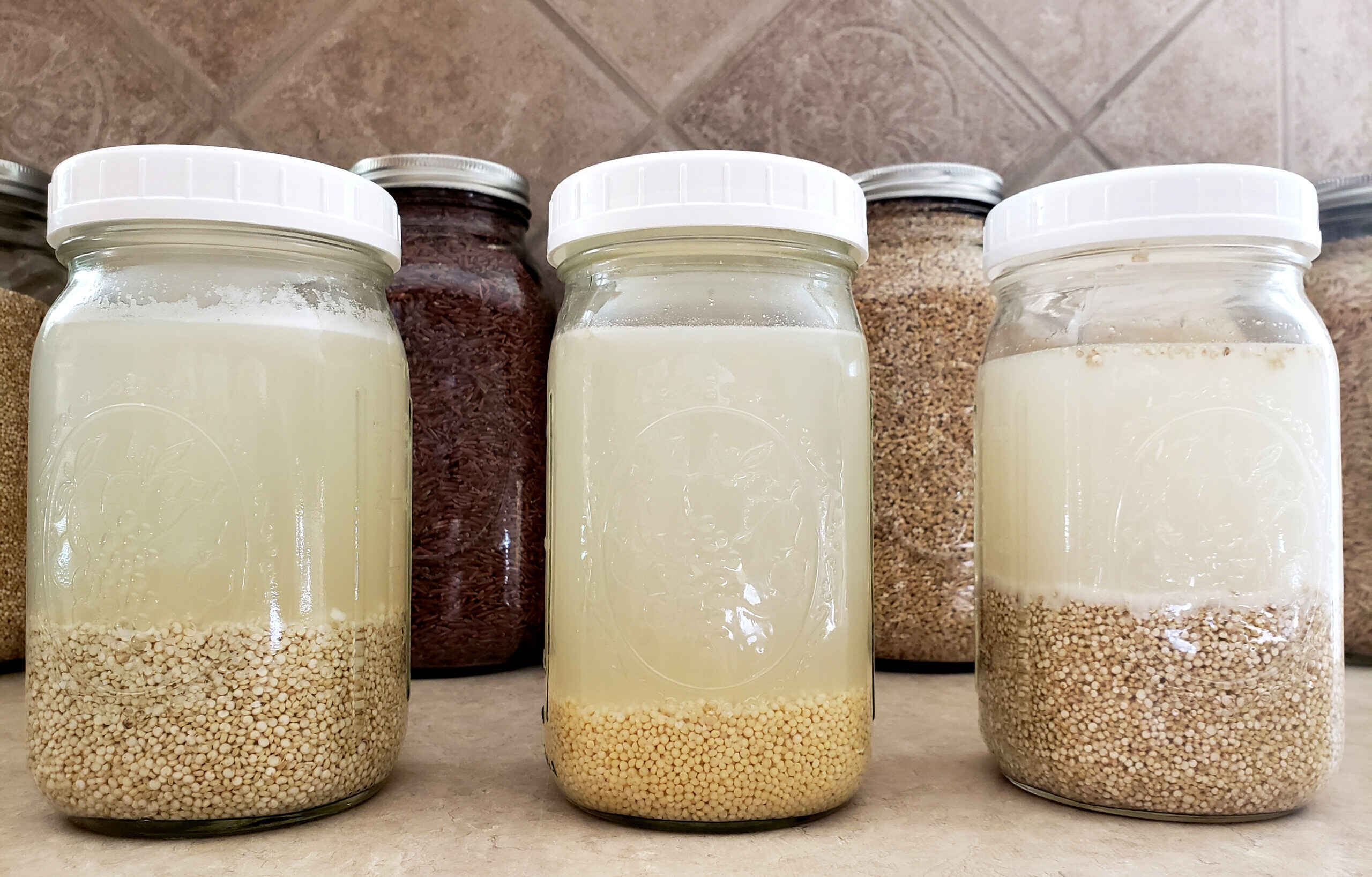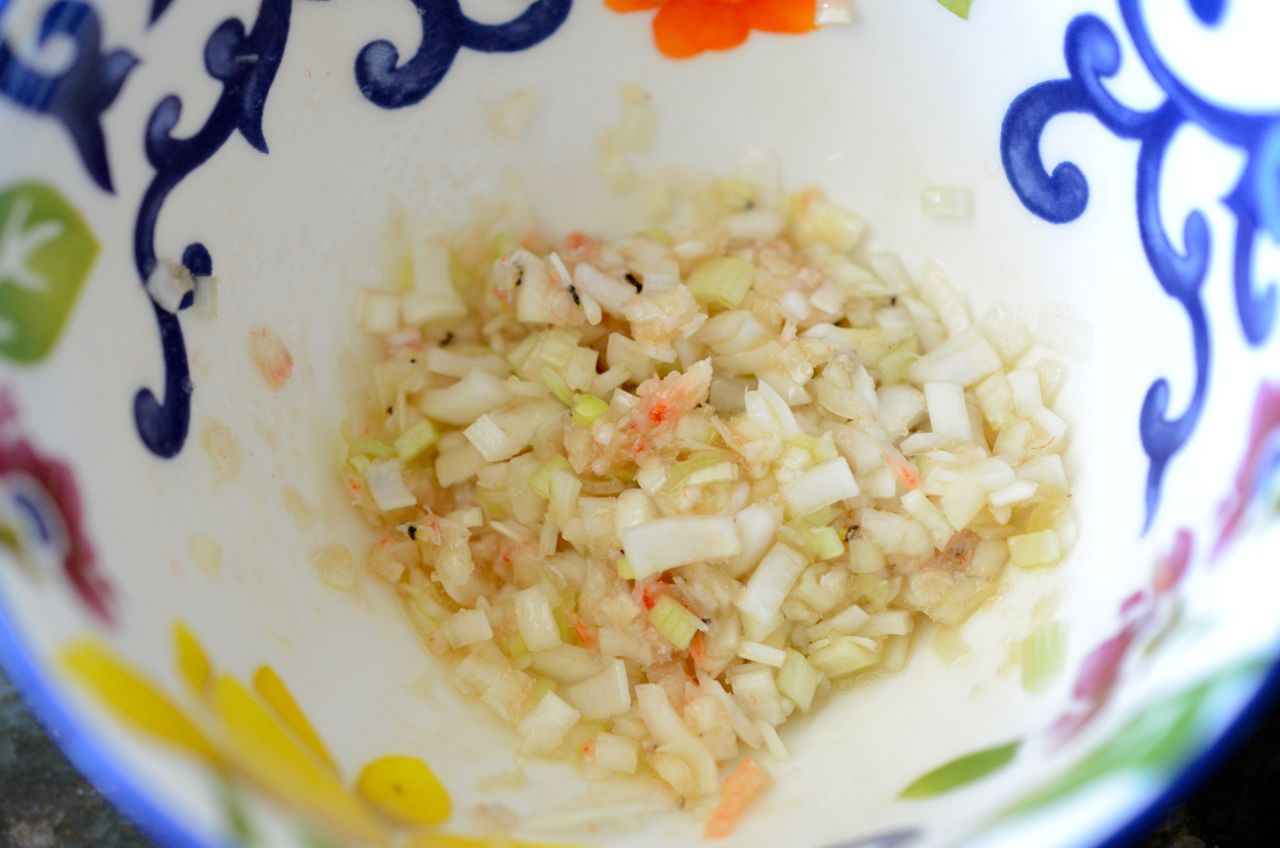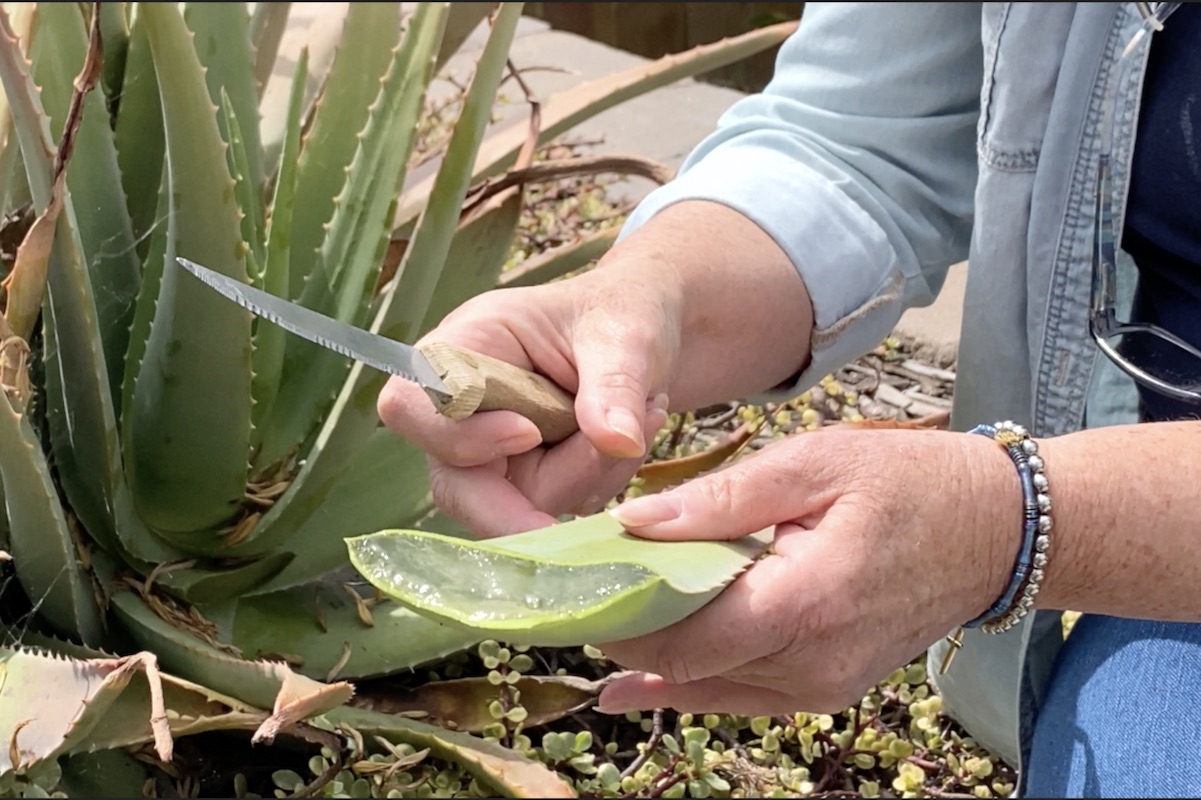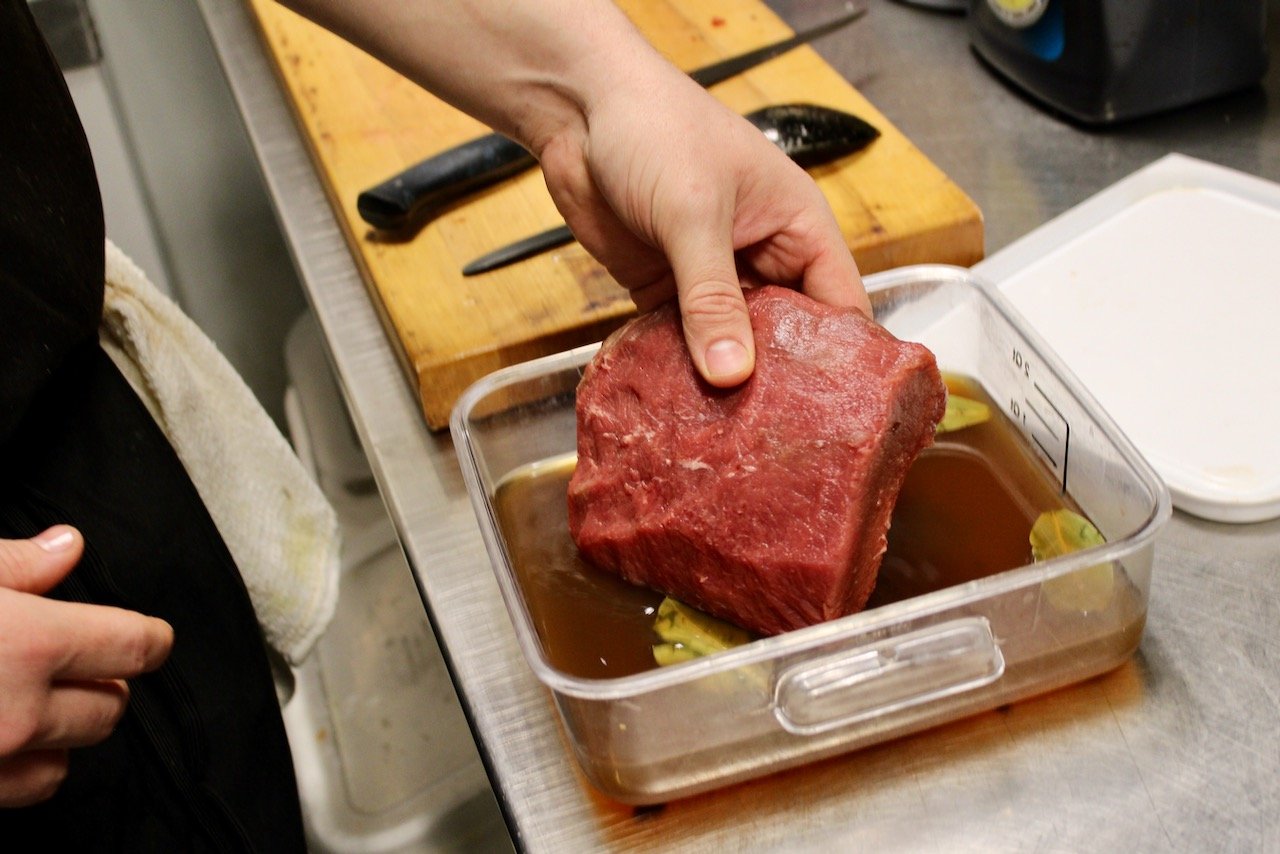What is Teff?
Teff is a tiny, gluten-free grain that is a staple in Ethiopian cuisine. It is the main ingredient in the traditional Ethiopian flatbread known as injera. Teff is rich in nutrients, including protein, fiber, and minerals, making it a popular choice for those looking to incorporate more whole grains into their diet.
Why Ferment Teff for Injera?
Fermenting teff is an essential step in making injera. The fermentation process not only enhances the flavor of the teff but also makes it easier to digest. Additionally, fermenting teff helps to break down antinutrients, making the grain’s nutrients more bioavailable.
Steps to Ferment Teff for Injera
Here’s a simple guide to fermenting teff for making delicious injera:
- Prepare the Teff: Start by rinsing the teff grains thoroughly to remove any debris. Place the teff in a bowl and cover it with water. Allow it to soak for at least 24 hours, changing the water a few times to remove any bitterness.
- Drain and Rinse: After the teff has soaked, drain off the water and rinse the grains one more time.
- Fermentation: Transfer the teff to a large, clean container. Add water to the teff until it is completely submerged. Cover the container with a clean cloth or lid, leaving it slightly ajar to allow for airflow. Let the teff ferment at room temperature for 2-3 days, stirring it once a day.
- Check for Fermentation: After 2-3 days, check the teff for signs of fermentation. It should have a slightly sour smell and a bubbly appearance.
- Use or Store: Once the teff has fermented, it is ready to be used for making injera. Alternatively, you can store the fermented teff in the refrigerator for up to a week.
Tips for Fermenting Teff
Here are a few tips to ensure successful teff fermentation:
- Use a Clean Container: It’s important to use a clean, non-reactive container for fermenting the teff to prevent any off-flavors from developing.
- Monitor the Fermentation: Keep an eye on the teff during the fermentation process. If it develops any mold or off-putting odors, discard it and start over.
- Adjust Fermentation Time: The fermentation time may vary depending on the temperature of your kitchen. Warmer temperatures may result in faster fermentation, so adjust the timing accordingly.
Benefits of Fermented Teff
Fermented teff offers several benefits, including:
- Improved Digestibility: The fermentation process helps to break down complex carbohydrates, making teff easier to digest.
- Enhanced Flavor: Fermented teff develops a pleasant, slightly sour flavor that adds depth to dishes like injera.
- Increased Nutrient Availability: Fermentation breaks down antinutrients, making the nutrients in teff more accessible to the body.
Incorporating Fermented Teff into Your Cooking
Once you have successfully fermented teff, you can use it to make traditional Ethiopian injera or incorporate it into other recipes. Fermented teff can add a unique flavor and nutritional boost to bread, pancakes, and other baked goods.
Now that you know how to ferment teff for injera, give it a try and enjoy the delicious flavors and health benefits of this traditional Ethiopian grain!
Was this page helpful?
Read Next: How To Ferment Soy Milk











